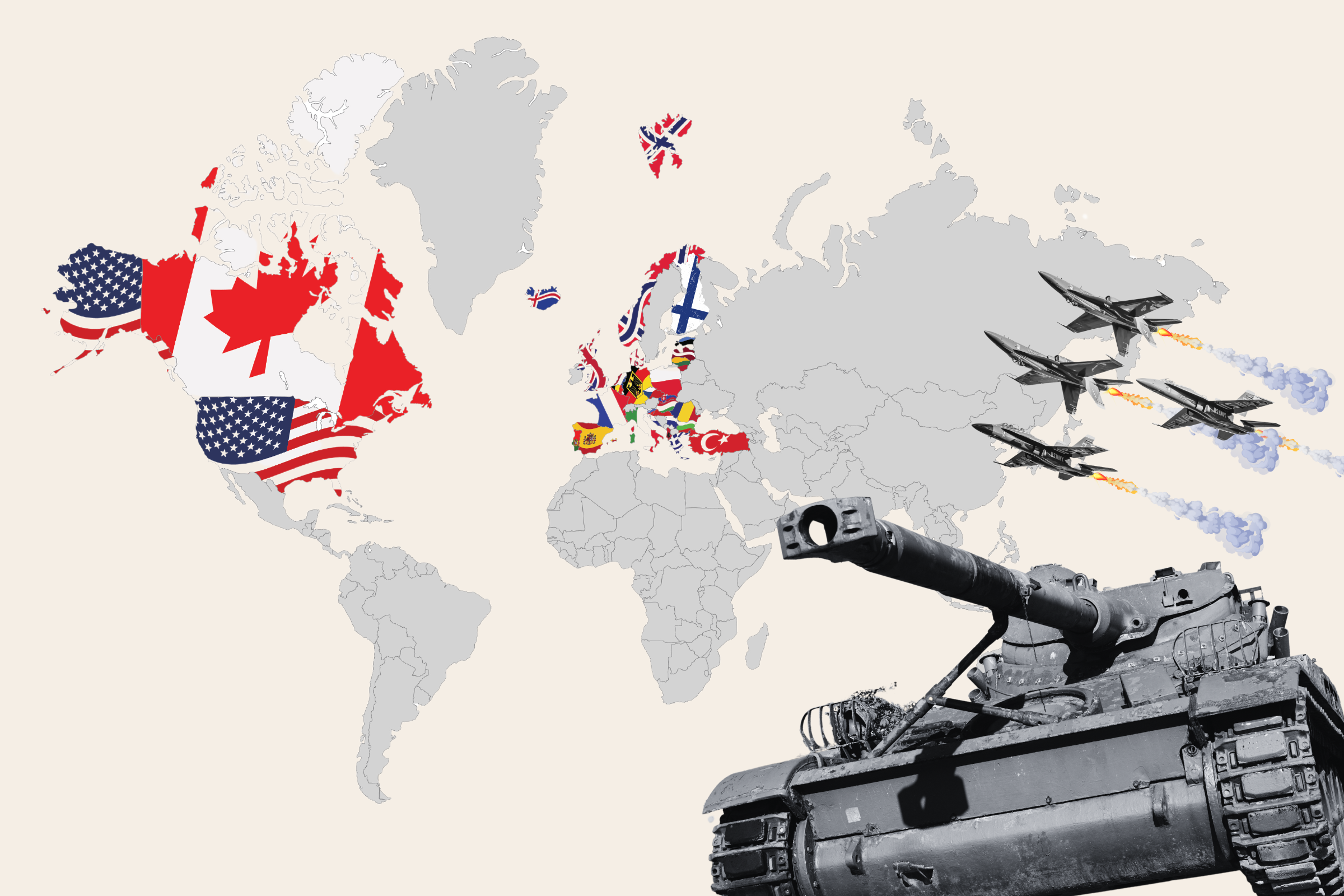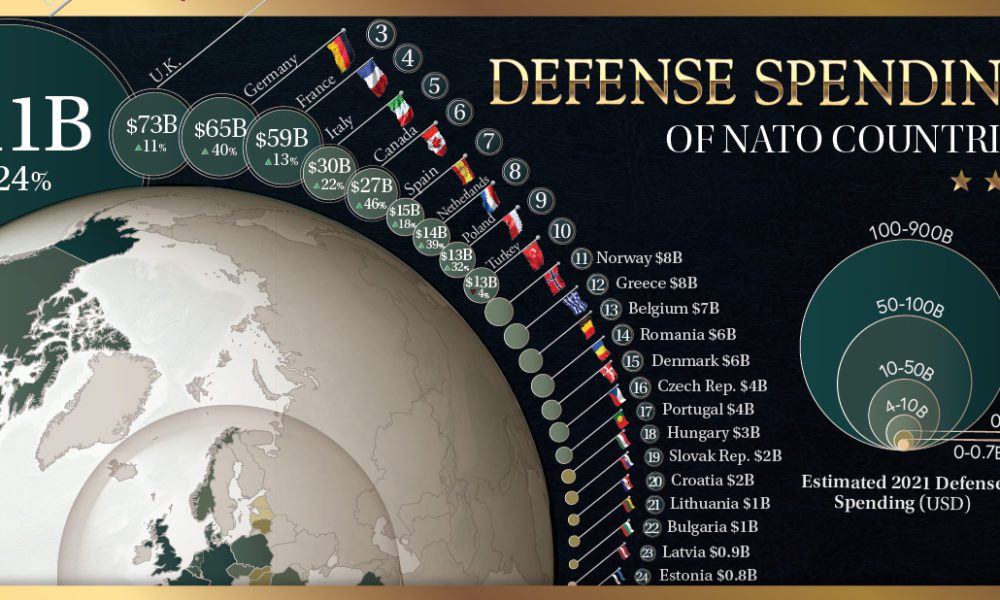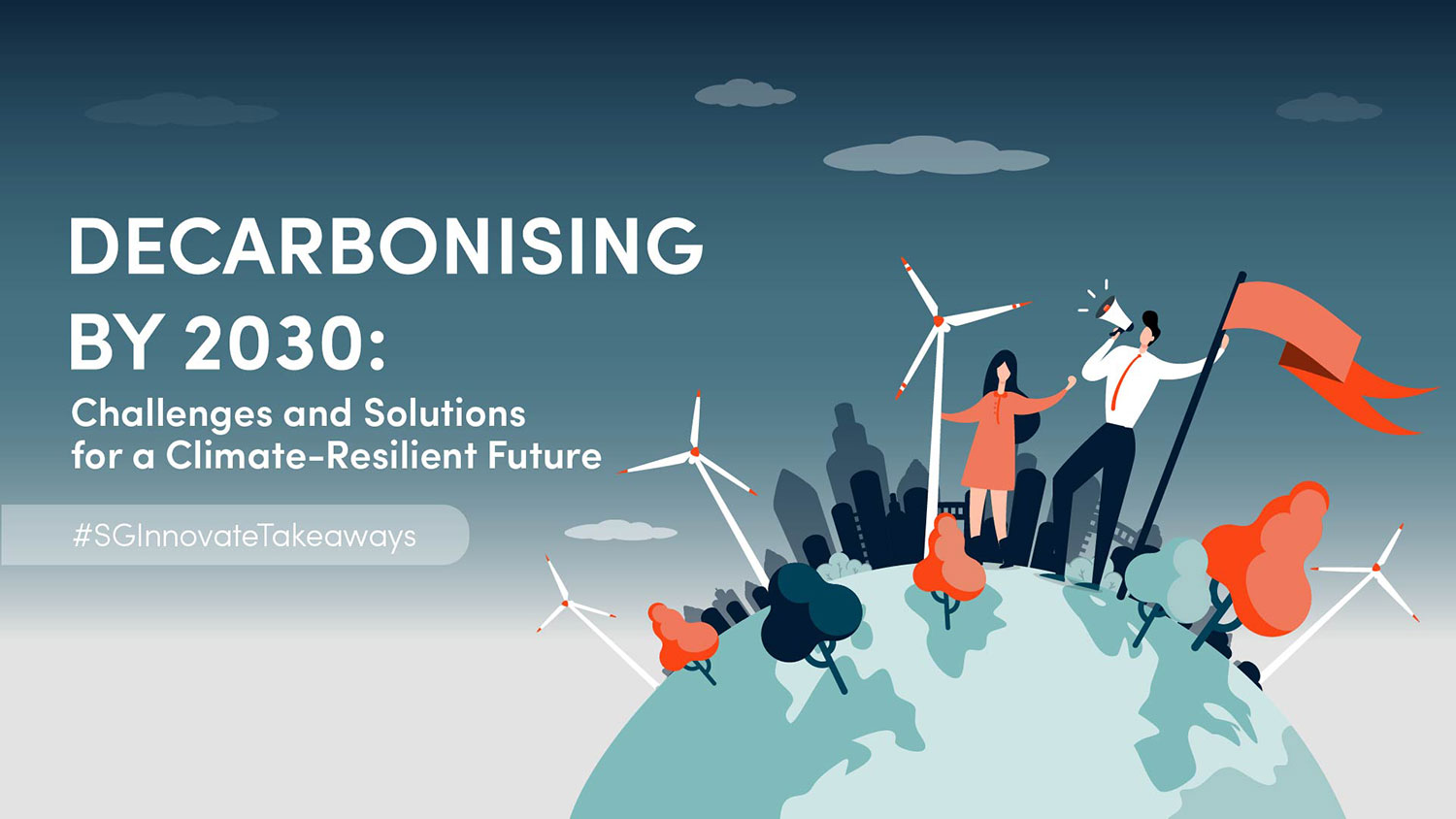
The Environmental Impact
of NATO’s Military Spending
International Peace Bureau
BERLIN (July 8, 2024) — An insightful and timely report titled, “Climate in the Crosshairs: The Planetary Impact of NATO’s Spending Increases.” was published on July 8th. This report delves into the substantial greenhouse gas emissions generated by NATO’s military activities.
Here are some key takeaways:
– The significant environmental impact resulting from increased military spending by NATO.
– Detailed analysis of greenhouse gas emissions attributed to NATO’s operations.
– The broader implications of military activities on our planet’s climate.
This report is an important read for anyone concerned about the intersection of environmental sustainability and global military practices. Understanding these impacts can help us advocate for more environmentally responsible policies and actions.
As NATO marks its 75th anniversary at its summit in Washington D.C. in July 2024, what will be the climate impacts of the world’s most powerful military alliance? Our research shows that military spending increases greenhouse gas emissions, diverts critical finance from climate action, and consolidates an arms trade that fuels instability during climate breakdown.

Climate in the Crosshairs:
The Planetary Impact of NATO’s Spending
International Peace Bureau et al
Key Findings
- NATO’s overall military spending in 2023 of $1.34 trillion produces an estimated 233 million metric tonnes of CO2 equivalent (tCO2e).3This is more than Colombia or Qatar’s annual GHG emissions.4
- NATO’s military spending increase of $126 billion in 2023 will lead to an estimated additional 31 million metric tonnes of CO2 equivalent (tCO2e). This is equivalent to the annual CO2 emissions of around 6.7 million average US cars.5
- The Intergovernmental Panel on Climate Change (IPCC) says that a 43% reduction in emissions is needed byall sectorsby 2030 compared to 2019 levels to have a chance to keep global average temperature increases to below 1.5 degrees Celsius. This would require an annual reduction of military emissions of at least 5%, yet, NATO increased its military emissions by around 15% in 2023 and looks set to continue increasing emissions this decade.
- NATO’s increase of military spending in 2023 would pay for minimal climate financing demanded by developing countries in UN climate negotiations this year.6NATO’s total military spending in 2023 would pay this 13 times over and start to deliver the trillions needed for climate finance.
- NATO claims a record two-thirds of its members will meet the target of 2% minimum GDP spending on the military (up from only six countries in 2021). If all members meet the commitment, by 2028 this would lead to a total estimated collective military carbon footprint of 2 billion tCO2e, greater than the annual GHG emissions of Russia. NATO would also spend an estimated additional $2.57 trillion, enough to pay for what the United Nations Environment Programme (UNEP) estimates as the climate adaptation costs for low- and middle-income countries for seven years.7

NATO’s 2% GDP Military Spending Commitment
NATO spent $1.34 trillion dollars on the military in 2023, an increase of $126 billion in one year.1 It is therefore accelerating the climate crisis in a decade that the UN Secretary General António Guterres has called ‘climate crunch time’, where urgent action is needed on ‘every front’.2
NATO is currently responsible for 55% of total global military spending. In October 2023, TNI, Tipping Point North South and Stop Wapenhandel published, Climate Crossfire – How NATO’s 2% military spending targets contribute to climate breakdown.
This report examined the climate impact of NATO’s 2% GDP target for spending on the military, and the related target of at least 20% of expenditure spent on equipment. It told the story of the target’s adoption and consolidation, estimated the associated greenhouse gas (GHG) emissions, explored the related arms trade by NATO members to climate vulnerable countries, and looked at impacts on climate spending.
Since then, more and more NATO members have adopted the 2% target and various countries have gone well beyond it including the US, Poland, Greece, Estonia, Lithuania, Finland, Latvia and the UK. In the UK general election campaign in 2024, two of the biggest parties have committed to a 2.5% minimum GDP spend, while reducing ambition on climate spending.
NATO’s Biggest Military Spenders and Polluters
The US is by far the biggest military spender, making up more than two-thirds of total NATO spending. It is followed by the UK, Germany, France, Italy, Poland, Canada and Spain. The biggest military spending increases in 2023 were by the US, Poland, the UK and Germany with spending rising by $55bn, $16bn, $10.9 bn and $10.7 respectively.
The average proportion of military expenditure spent on major military equipment also increased from 25.5% to 27.3% with many making substantial increases, especially Finland and Poland, who both spent more than 50% of their military expenditure on equipment in 2023.8
As a result eight NATO members increased their military carbon footprint by more than one million tCO2e (equivalent to annual emissions of around a quarter of a million US cars), namely the US, Poland, Germany, the UK, Spain, Finland, the Netherlands and France. The US military is already the world’s largest institutional greenhouse gas emitter.
Challenge of Decarbonizing the Military
NATO has said that climate change is ‘one of the defining challenges of our times’ and committed the alliance to mitigating climate change, yet continues to increase emissions rather than reduce them. This is because increased military spending is largely spent on military equipment which remains highly dependent on fossil fuels.
Significant switches to renewable energy such as alternative fuels for aircraft are either too costly, don’t exist or have other large-scale negative impacts when done at scale (e.g. land-use change for ‘Sustainable Aviation Fuel’).
NATO’s F-35 combat aircraft demonstrates the challenge. The aircraft is one of the most popular new ‘big ticket’ items for NATO members. The US arms manufacturer, Lockheed Martin, predicts that there will be more than 600 F-35s across NATO by 2030. Yet rather than reducing fuel-use, this jet consumes about 5,600 litres of oil per hour compared to 3,500 for the F-16 fighters that they are replacing. As military systems have a lifetime span of 30 to 40 years, this means locking-in highly polluting systems for many years to come.
Arms Dealers Are the Only Winners
NATO is actively seeking to support the arms industry through various initiatives including the Defence Production Action Plan, the NATO Innovation Fund and the Defence Innovation Accelerator for the North Atlantic (DIANA).9
Together with big spending increases, these plans promise arms companies record profits in coming years. Meanwhile, environmental regulations are increasingly pushed aside when they are judged to be obstacles to increasing arms production.
Airbus CEO Guillaume Faury is one of many arms and security corporate executives celebrating : ‘Defence budgets, which had been declining for 40 years, are recovering even if the budgetary equation is more difficult to solve in the wake of a health crisis. Defence is regaining its rightful place as a guarantee of sovereignty, independence and prosperity […]’10
Since procurement decisions, production for arms purchases as well as scaling up production capacities are a lengthy process, military budget increases aren’t always immediately reflected in revenues and profits.11However, growing backlogs of orders show the effects of the NATO arms spending spree for the coming years.

The legacy of this increased arms trade will be an ever more militarised world at a time of climate breakdown. This military expenditure will fuel wars and conflict that will compound the impact on those made vulnerable by climate change.
In collaboration with:
Stop Wapenhandel
Tipping Point North South
International Peace Bureau (IPB)
Veterans for Peace (US)
Centre Delàs d’Estudis per la Pau
IPPNW Germany
Find out more at the Arms, Militarism and Climate Justice Working Group website: www.climatemilitarism.org


